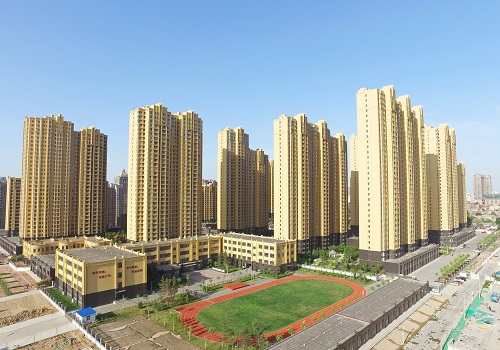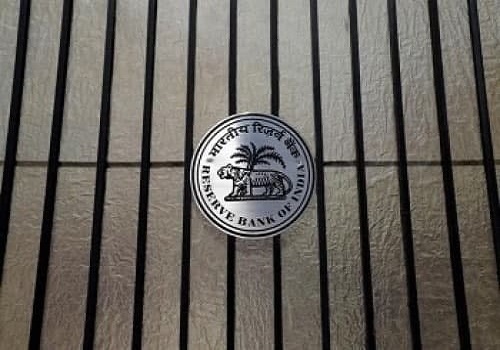Before economy regains pre-Covid trend line, slowdown may be setting in

Follow us Now on Telegram ! Get daily 10 - 12 important updates on Business, Finance and Investment. Join our Telegram Channel
Overall, post-Covid economic recovery may be strong in pockets, but remains weak on the aggregate, Nuvama Institutional Equities said in a report.
On a 5 year CAGR trend basis, real GDP is growing at 4 per cent, which is sluggish. The weakness is pronounced in manufacturing (2.7 per cent), whereas services (5 per cent) seems to be doing relatively well. Nominal GDP growth stands at 11 per cent on a trend basis, (similar to pre-Covid trend), aided by higher prices.
On a trend basis (5YCAGR), real GDP is growing at just 4.1 per cent despite upward revisions in FY21 and FY22. Seen differently, real GDP is running 9-10 per cent below the pre-covid trend line, which is notable given pent-up demand is arguably behind, Nuvama Institutional Equities said in a note.
"But what is more concerning is that even before the economy could regain the pre-Covid trend line; a slowdown may be setting in. Manufactured exports are already in contraction while services exports could slow down next amid a broadening global downturn," the report said.
Domestically, consumption momentum is clearly fading, and capex could follow suit amid slowing prices, rising cost of capital and slowing consumption and exports, it added.
Near term uncertainties are rising due to global geopolitical and economic issues, El Nino and negative noise levels ahead of 2024 General elections, Prabhudas Lilladher said in a report.
High frequency indicators like GST collection, peak power demand, recovery in air Travel, PV, CV, housing, capital goods and improving capacity utilisation are positive. Rural demand has failed to pick up due to high inflation but strong rabi crop, declining inflation, and likely increase in rural spending ahead of 2024 elections will likely revive demand although EL Nino remains a key risk, it added.
"El Nino is knocking at the doors as temperatures around the country are soaring high and there are significant variations across the globe. We note that some regions in India are recording temperatures 3-5 degrees higher than normal. Both Skymet and IMD have warned of higher than expected heat in the summer months from April to June," the report said.
Also, winter monsoons were weak this year (deficit of 37 per cent in Nov'22, 14 per cent in Dec'22 and 13 per cent in Jan'23) with major northern states like Punjab, western UP and MP receiving higher rainfall deficit. EL Nino along with weaker monsoons is expected to have multi pronged adverse impact on the Indian agriculture and economy.
"Firstly, it poses a high threat to the standing Rabi crop, especially wheat a higher temperatures can lower output. Secondly, El Nino usually leads to weaker monsoons and hence a threat of poor Kharif crop. Poor Rabi and Kharif crop output can push food inflation further up and delay rural demand recovery. Lastly, higher temperatures will lead to higher power demand which could add to higher coal imports and inflation woes for consumers," the report said.
According to Motilal Oswal Financial Services, an analysis of 12 rural consumption indicators suggests that rural spending rose 5.3 per cent YoY in 9MFY23 v/s 0.6 per cent YoY growth in 9MFY22.
However, consumption grew at a three-quarter low of 4.6 per cent YoY in 3QFY23 v/s 6.5 per cent/5.6 per cent YoY rise in 1Q/2QFY23. The slowdown was primarily led by: four-quarter low growth in real agriculture GVA, continued fall in non-agricultural wages, sharp slowdown (nine-quarter low growth) in two-wheeler sales, continued decline in farmers' terms of trade (negative for eight quarters now), drop in real farm exports (first decline in 10 quarters), and three-quarter low growth in real farm credit in 3QFY23.
Overall, consumption demand has started its southward journey. Both rural and urban consumption grew at a three-quarter low in 3QFY23.












 320-x-100_uti_gold.jpg" alt="Advertisement">
320-x-100_uti_gold.jpg" alt="Advertisement">












